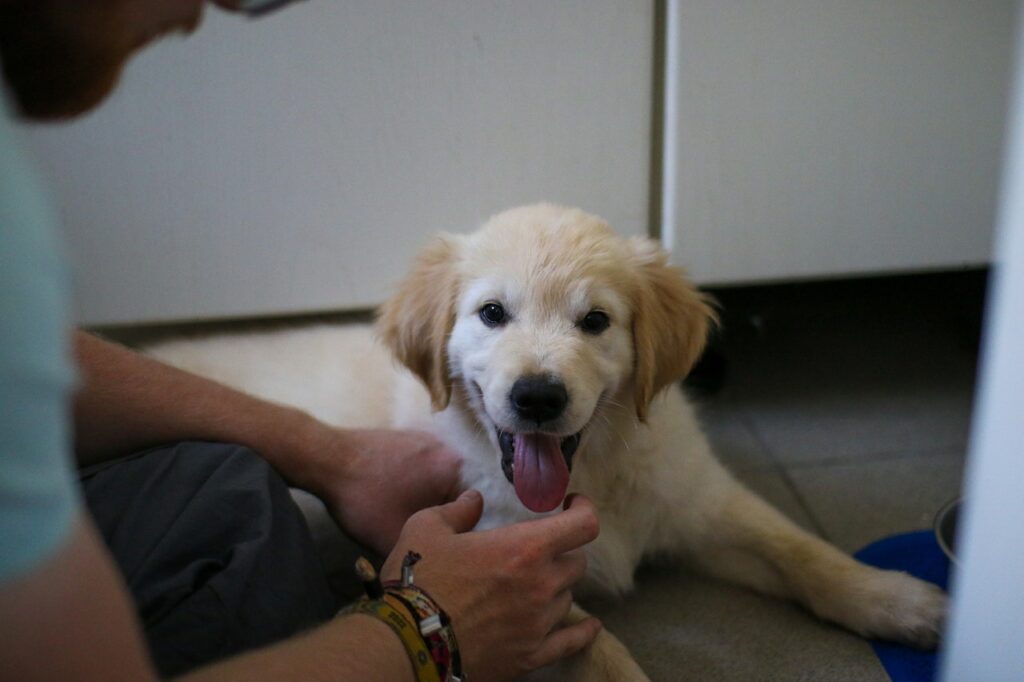Blog
Top 12 behavioral problems in dogs
Dogs are amazing creatures that can provide us with companionship, love, and loyalty. However, sometimes they can exhibit behavioral problems that can be frustrating for both dog owners and their pets.
1. Aggression
Dogs can be aggressive for a variety of reasons, including fear, dominance, and territoriality. However, there are ways to correct this behavior.
One way is to establish yourself as the alpha dog in the household. This means being the one in charge, making all the decisions, and being consistent with your commands. You must also be willing to enforce them consistently.
2. Separation Anxiety
Separation anxiety in dogs is a behavioral problem that is caused by the fear of being alone. It can manifest in different ways, such as excessive barking, drooling, destructive behavior, or attempts to escape.
Dogs who suffer from separation anxiety often exhibit destructive behavior, such as chewing on furniture or carpets, when their owners leave them alone.
3. Destructiveness
Destructiveness is a behavioral problem that can manifest in dogs when they are not given enough mental or physical stimulation. If your dog has been exhibiting destructive behaviors such as chewing on furniture, it’s important to take steps to address the issue.
4. Excitability
Many dogs are excitable, and this can sometimes lead to behavioral problems.
There are a few things that can help you manage your dog’s excitement. One is to provide plenty of exercise. A tired dog is less likely to get into trouble.
5. House Soiling
Dogs can develop behavioral problems when they are not given enough exercise or mental stimulation. One such problem is house soiling, which can be caused by a variety of factors.
6. Barking and Whining
House barking and whining can be a behavioral problem for dogs.
Dogs may bark and whine for a variety of reasons, including boredom, loneliness, or anxiety.
7. Chewing Furniture and Objects
Dogs often chew on furniture and other objects as a way to relieve boredom or stress. If your dog is chewing on things he shouldn’t, there are a few things you can do to help him stop.
One way to discourage your dog from chewing on furniture is to provide him with plenty of appropriate toys and outlets for his energy. You can also try spraying bitter apple or citrus-based sprays on the furniture that he’s been chewing. These sprays will taste unpleasant to your dog and will deter him from continuing to chew.
8. Jumping on People
Dogs often jump on people as a way to show their excitement or happiness. While this may be cute for some dogs, it can be a behavioral problem for others.
A bored dog is often a destructive dog. Playing fetch or taking long walks can help tire out your pet and reduce his need to act out aggressively.
9. Chasing Cars or Other Animals
Dogs often chase cars or other animals as a way to show their excitement or happiness. While this may be cute for some dogs, it can be a behavioral problem for others.
10. Pulling on the Leash
Dogs that pull on their leashes can be a nuisance and a danger to both themselves and the people around them. Behavioral problems in dogs can often manifest as pulling on the leash.
There are a few things you can do to help your dog stop this behavior. One is to train him using positive reinforcement techniques.
11. Refusing to Come When Called
Behavioral problems in dogs can manifest as refusing to come when called. This is a particularly dangerous behavior, as it can put the dog in harm’s way.
12. Resistance to Training
Dogs who resist training may be difficult to handle and can be dangerous both to themselves and to the people around them. It is important to address this behavioral problem as soon as possible.
Final Thoughts
Now that you are aware of all the behavioral problems in dogs, it’s a good time to assess your dog. If your dog exhibits any of these problems, it is highly recommended to opt for dog behavioral training programs.

